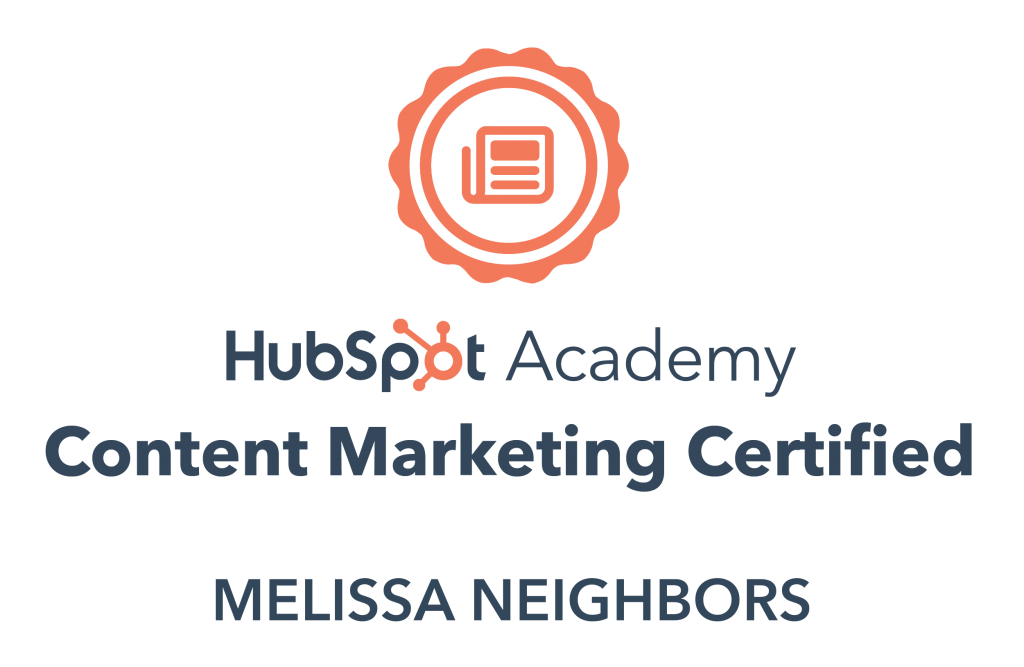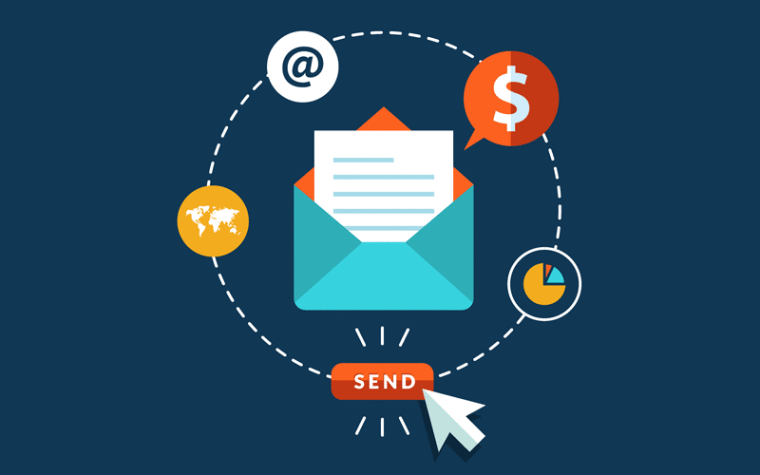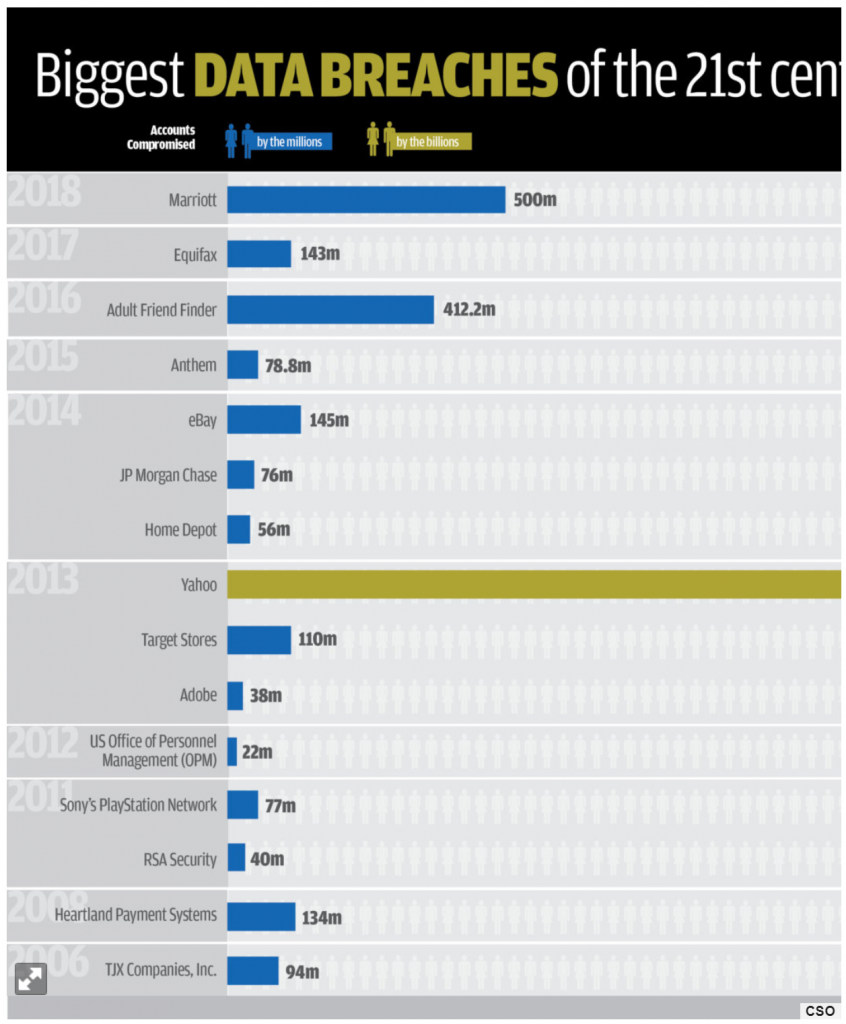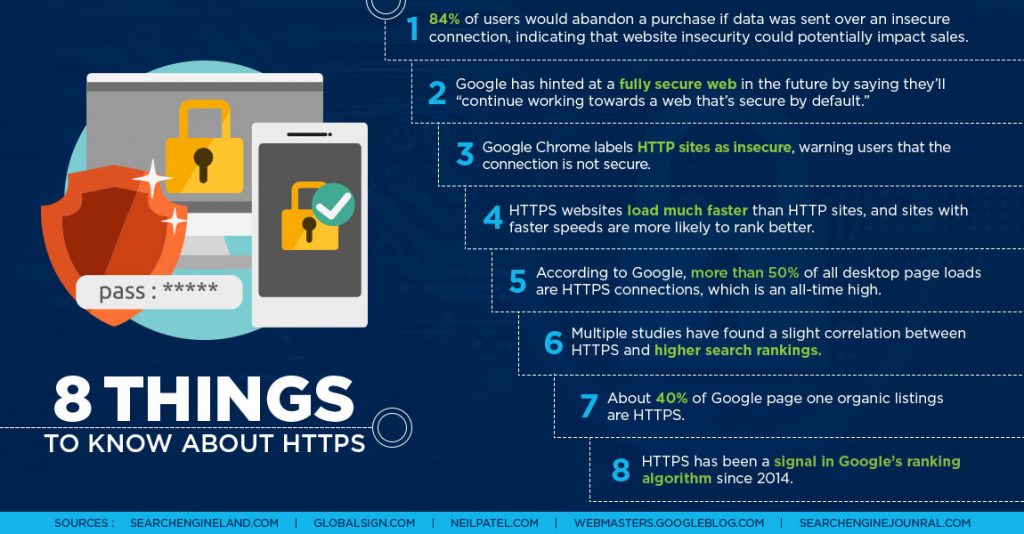Patagonia has long been a standout brand when it comes to managing their image online. Over the years and through many stages of growth and success, Patagonia has operated with purpose, and this purpose is established in the core values that are the backbone of operations at Patagonia and the key to their solid online image.
You can’t reverse into a mission and values through marketing. The organisations that are struggling with this are probably the ones that are thinking about marketing first.
Alex Weller, Patagonia
YOU CAN’T REVERSE INTO A MISSION AND VALUES
When looking at the success that Patagonia has had over the years in achieving a positive image, the number one thing they have going for them is that they operate with a mission and values that are known, understood, and believed in throughout their entire organization. From the way they treat the staff at their overseas manufacturing facility to their commitment to operating in an environmentally responsible manner, Patagonia embodies their mission in a way that is tangible to their customers. This tangibility translates to marketing that connects with customers on levels that is genuine. It is this authenticity of purpose ingrained into every element of operations that the primary goal at Patagonia is not to look like a good story, it is to be a good story.
SUBVERSIVE ADVERTISING TO SUCCESS
On Black Friday, 2011, Patagonia shocked both marketing experts and its fellow competition by putting out an ad that implored customers to NOT buy their jacket, paired with a list of the environmental impacts of purchasing on of their jackets and recommending customers reduce, reuse and recycle. This initiative was shocking for the lack of focus on encouraging customers to spend money and the level of success that was found when customers chose Patagonia over other brands for their new purchases. Patagonia saw a 30% bump on their Black Friday sales, all because they stayed true to their mission. At the core, the purpose of the 2011 ad was never to sell more product, it was truly to encourage their customers to reflect on why they are buying and how it changes the world around them.
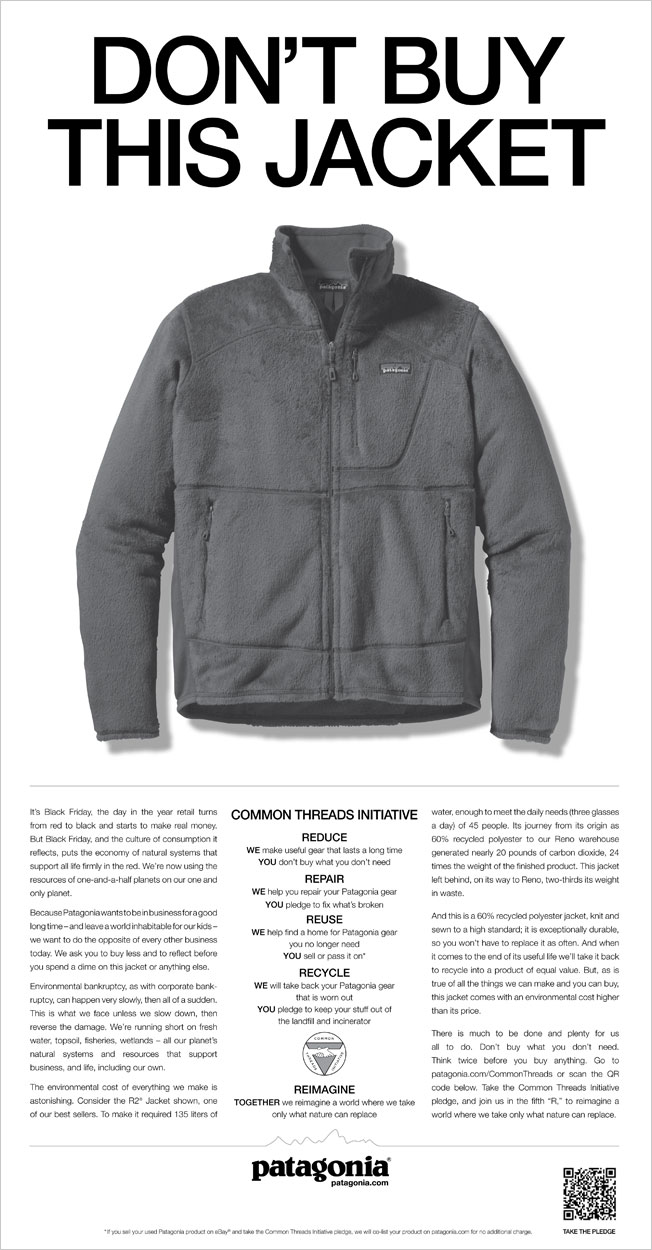
Source: http://www.adweek.com/files/adfreak/Art/Dont-Buy-This-Jacket-1250.jpg
MATCH YOUR MISSION – WRITE YOUR OWN RULES
Patagonia across the board stands out as a company that writes its own rules. So thoroughly connecting with their mission they never approach marketing with the traditional motivation. Traditional motivations do not connect with their mission, nor do they connect with their customers. In a way that is remarkable, Patagonia succeeds along paths where others fear to even tread, carving out a path for themselves and becoming a leading example of what corporations can be if only they are brave enough. From encouraging recycling clothing through the worn wear program to their extreme commitment to environmentally and socially conscious operations, Patagonia truly lives their mission and translates that mission into marketing initiatives that embody who they are–thus connecting on a personal level with customers who share their values.
SOURCES:
http://www.brandingstrategyinsider.com/2018/07/brand-patagonia-a-founders-story-and-strategy
https://thehundreds.com/blogs/content/5-things-patagonia-teaches-us-about-branding-for-the-long-haul
http://www.adweek.com/files/adfreak/Art/Dont-Buy-This-Jacket-1250.jpg
https://www.patagonia.com/culture.html
https://www.patagonia.com/company-info.html
https://www.patagonia.com/corporate-responsibility-history.html

